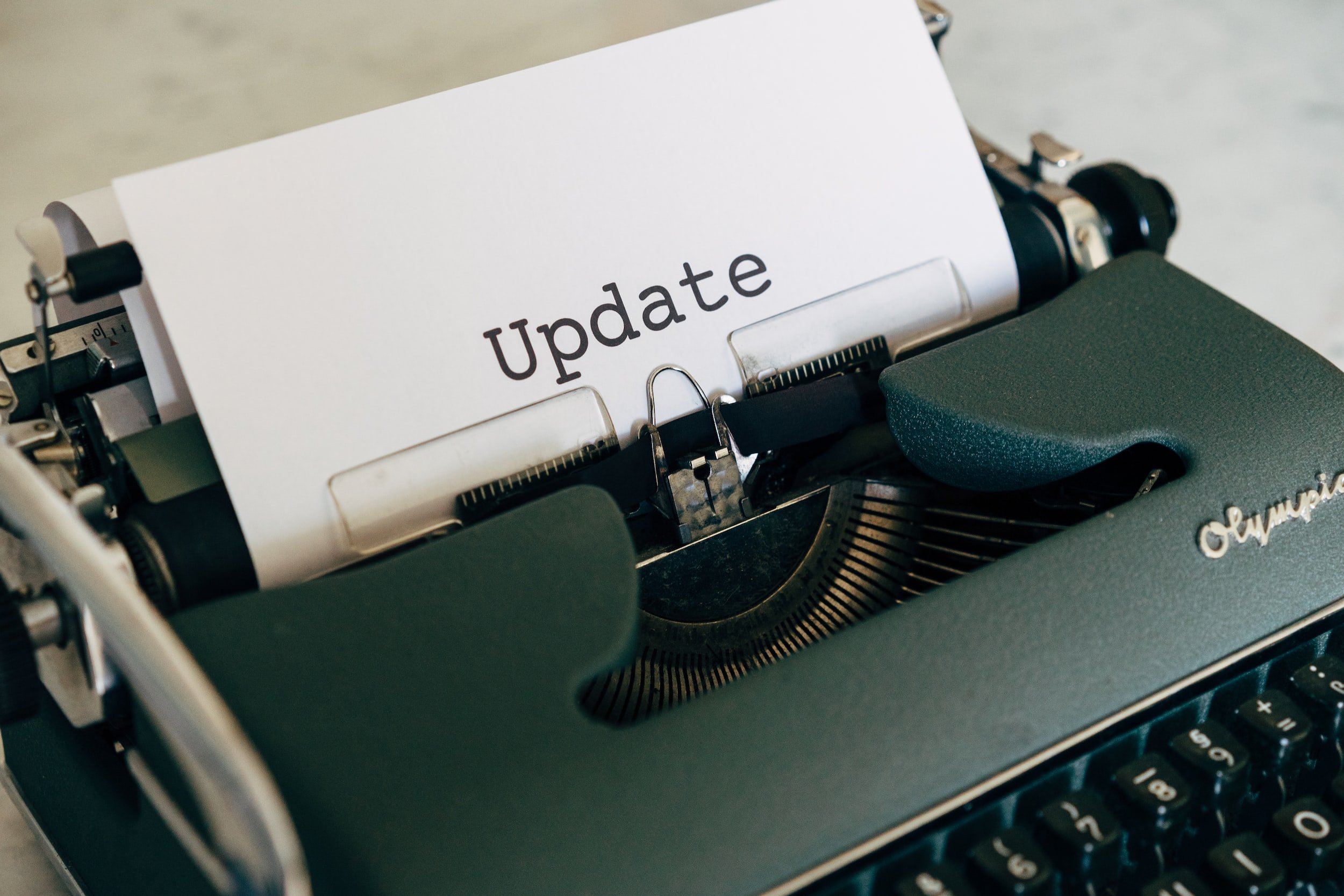2022 NYC Construction Code: What’s Changed? Part 2
The 2022 NYC Building Code: Significant Building Code Changes
With the 2022 NYC Building Code now fully enacted, there are several changes provisions that contractors and building owners should be aware of. Whether it’s your first time or you’re a veteran who’s been dealing with the Department of Buildings for years, knowing the code requirements is the first step towards keeping your project on time and budget, and avoiding costly red-tape delays.
Here are a few of the more significant changes. Note that we have reduced and/or simplified some of the copy for the sake of clarity and/or brevity. For the full text and requirements of the code, click the link to visit the relevant section.
Roofs
The new version of the building code has a couple of requirements specifically related to roofs that are used as outdoor spaces, gardens or green roofs. These include:
A requirement that on buildings roofs with an occupant load exceeding 100 people for Group A-2 and 300 for other Group A occupancies, all floors between the occupied roof and the level of exit discharge shall be equipped with an approved automatic sprinkler system. (BC 903.2.1.6)
Buildings with roofs that are “used for any purpose other than weather protection or maintenance that are equipped with a standpipe system shall extend the standpipe system to the roof level” that is being used. (BC 905.3.8)
Egress & Fire Safety
The 2022 building code contains a number of provisions that are designed to protect occupants in the event of fire. These include:
For floors with more than 150 occupants:
Interior corridors with a minimum 1-hour fire-resistance-rated fire barrier.
Access to corridors should be limited to openings necessary for exit access. (i.e. no direct access through mechanical, electrical or storage spaces).
Corridors must be able to provide a total occupant load of 3 square feet per person, with dimensions sufficient to accommodate all occupants on the floor at the same time. (BC1004.1.1.2.3)
Additionally, such facilities must meet at least one of four criteria related to egress beyond the floor in question:
Each of the interior exit stairways and ramps serving such story shall be protected by a smokeproof enclosure in accordance with Section 909.20
The corridor or portions of the corridor serving the rooms, areas or spaces that are accessory to the Group R-2 occupancy shall be pressurized in accordance with requirements that are applicable to interior exit stairways.
All passenger elevators serving the rooms, areas, or spaces that are accessory to the Group R-2 occupancy shall comply with occupant self-evacuation elevator requirements.
One additional exit stairway shall be provided in addition to the minimum number of exits required by Section 1006. (BC1004.1.1.2.3)
In addition, the 2022 code also contains provisions relevant to firefighters, including:
Dedicated exit access doors at the building entrance. (BC 1028.1.1)
An elevator in readiness or a Fire Service Access Elevator (FSAE) that serves all floors of the building. (BC 3003.3.1)
Accessibility
The 2022 code has a number of specific provisions around accessibility, including:
Accessible Charging Stations - where a facility is providing electrical vehicle charging stations, at least 5 percent of the total number of each type of station–and not less than one of each type–must be accessible. These stations must be provided in addition to required accessible parking spaces. (BC 1106.8.1)
In drinking and dining areas, all floor areas (inside and out) must be accessible and be on an accessible route.
Exceptions to this rule include mezzanines (provided they do not account for more than 25% of the total area for drinking and dining) and certain sections of tiered dining areas in sports facilities. (BC 1108.2.9)
Worried about staying ahead of the changes to keep your project on schedule? Talk to an expert at Green Light Expediting to learn how we can assist you with permitting on any aspect of your project.

